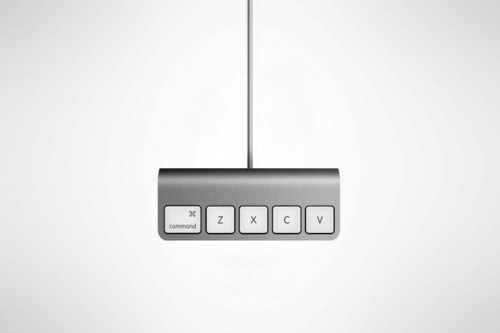Wednesday, December 15, 2010
illuminated letter final tidbits
Monday, November 29, 2010
All About the Artists: Illuminated Letter Supplements







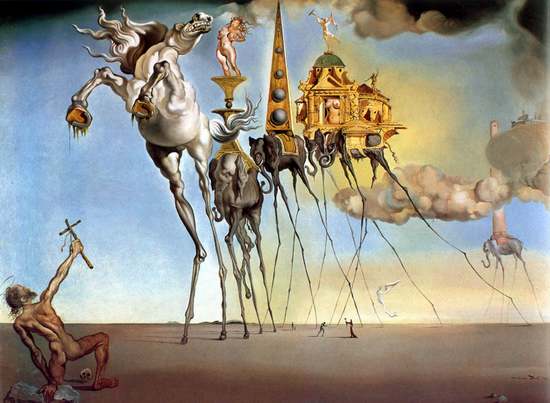
+1980+artnet+com.jpg)
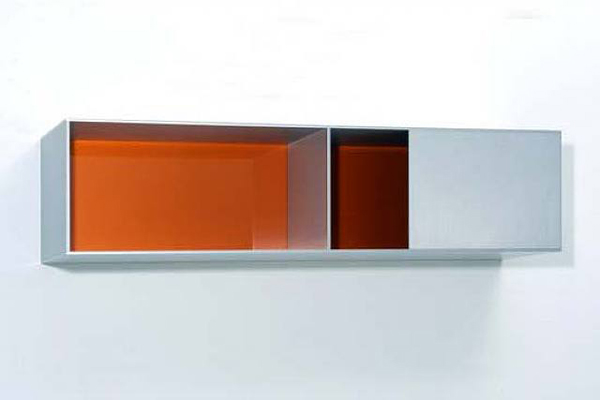
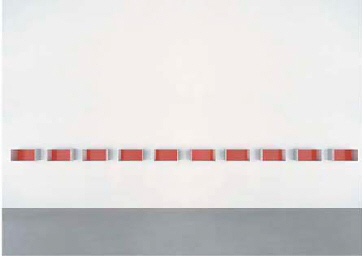

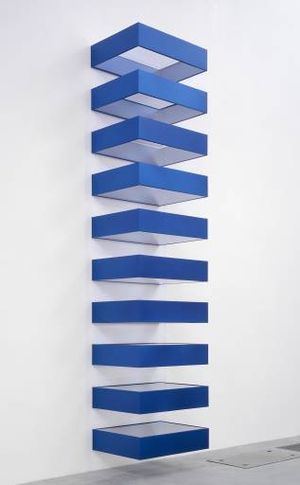
Monday, November 15, 2010
project four tidbits
An illumination is an embellishment, or additional decoration that enhances the pages of a written, or manuscript page. The term, Illumination comes from the term Illuminate, or to fill with light. This effect is achieved with the application of gold leaf to the letters and images, which reflect light and appear to glow.
An illuminated letter was usually the first letter of a page or paragraph. It was always enlarged and in color with gold applied in areas, while the rest of the text remained black. The images used to enhance the letters include animals, plants, and mythological creatures. These images were modified to fit into or around the letter, or in some cases took on the shape of the letter itself.
Wednesday, November 10, 2010
Sunday, November 7, 2010
Monday, November 1, 2010
Monday, October 11, 2010
Thursday, October 7, 2010
Wednesday, October 6, 2010
typeface film thoughts
Sunday, October 3, 2010
goudy old style
In 1915, World War I was under way, but the United States was not yet an allied power. The National Advisory Committee for Aeronautics, a predecessor of NASA, was founded. Pluto was photographed for the first time, but not yet classified as a planet. Babe Ruth hit his first home run in this year. The United States began to occupy Haiti in the summer. The first prototype tank was tested for the British Army in the early fall. The theory of general relativity was formulated. Ambrose Heal founded the Design and Industries Association in London. The Dada Movement began in Switzerland in response to the outbreak of World War I. Much of history was centered on the actions of the Allied and Central Powers during said war.
Frederic W. Goudy was born in Bloomington, Illinois on March 8, 1865. A man of irrepressible energy and determination, he began working as a bookkeeper, where he taught himself printing and typography. Moving from job to job, until he finally set up a small print shop with a friend but sold his share of the business in 1896. Whilst looking for another job, Goudy designed his first set of capitals in the alphabet, which he named Camelot. This lettering was quickly bought by the ATC and Goudy began his freelance career as a lettering artist. He worked for numerous publishers and department stores while simultaneously teaching lettering at the Frank Holme School of Illustration.
In 1903 he started his second print shop, Village Press, with Will Ransom in Park Ridge, Illinois. The shop was moved to Boston, Massachusetts and later New York City, New York in 1908, where it burned down that same year. After losing the majority of his printing equipment to the fire, Goudy took the opportunity to concentrate his time entirely on type design. He designed his first type, 38E, for the Lanston Monotype Company in 1908, but it was later marketed as Goudy Light. Around this time, the private-press movement was at its height, and in 1911 Goudy was commissioned by the New York publisher Mitchell Kennerly to produce a typeface that he simply named Kennerly. This typeface was his first important book type and popular success.
Soon the American Type Founders Company began to garner interest in Goudy and commissioned him for a typeface. It was here that Goudy created the most widely used type he ever designed, Goudy Old Style. By 1920, Frederic Goudy was made art director for Lanston Monotype, a position he held for twenty years. In 1925 he moved to Marlborough, New York where he opened up a type foundry where he studied the skill of engraving his own matrices. In 1927 he was made vice president of the Continental Type Founders Association. From 1927 to 1929 he taught type at New York University.
Unfortunately in 1939 Goudy’s home and foundry burned down. After losing the majority of his work, Goudy resolved to dedicate the remainder of his life to teaching. In 1940 he began teaching calligraphy at the University of Syracuse.
Starting his type career at the age of 40, Goudy often considered himself a failure. However, over the next 36 years, starting almost from scratch at an age when most men are permanently set in their chosen vocations, he had produced 113 fonts of type, thereby creating more usable faces than many inventors of type and books. By the end of his life in 1947 Goudy had designed 122 typefaces and published 59 literary works. Notable typefaces designed by Frederic W. Goudy include: Camelot (1896), Devinne Roman (1898), Pabst Old Style (1902), Powell (1903), Copperplate Gothic (1905), Goudy Old Style (1915), Collier Old Style (1919), Marlborough (1925), Remington Typewriter (1927), Goudy San Serif (1929), Bertham (1936), Murchison (1938), and Goudy Thirty (1953, posthumous).
Thursday, September 30, 2010
first process book complete, many more to come. *le sigh*
http://www.etsy.com/shop/DeathMau
Tuesday, September 28, 2010
typography one : project two, i
- Old Style
- Cursive
- Bold
- Old Style Italic
- Title
- Bold Italic
- Catalog
- Handtooled + Italic
- Heavy Face Open
- Heavy Face Condensed
- Extra Bold + Italic
- Old Style Infant
– bracketed serifs
– tall x-height
Blackletter:



















